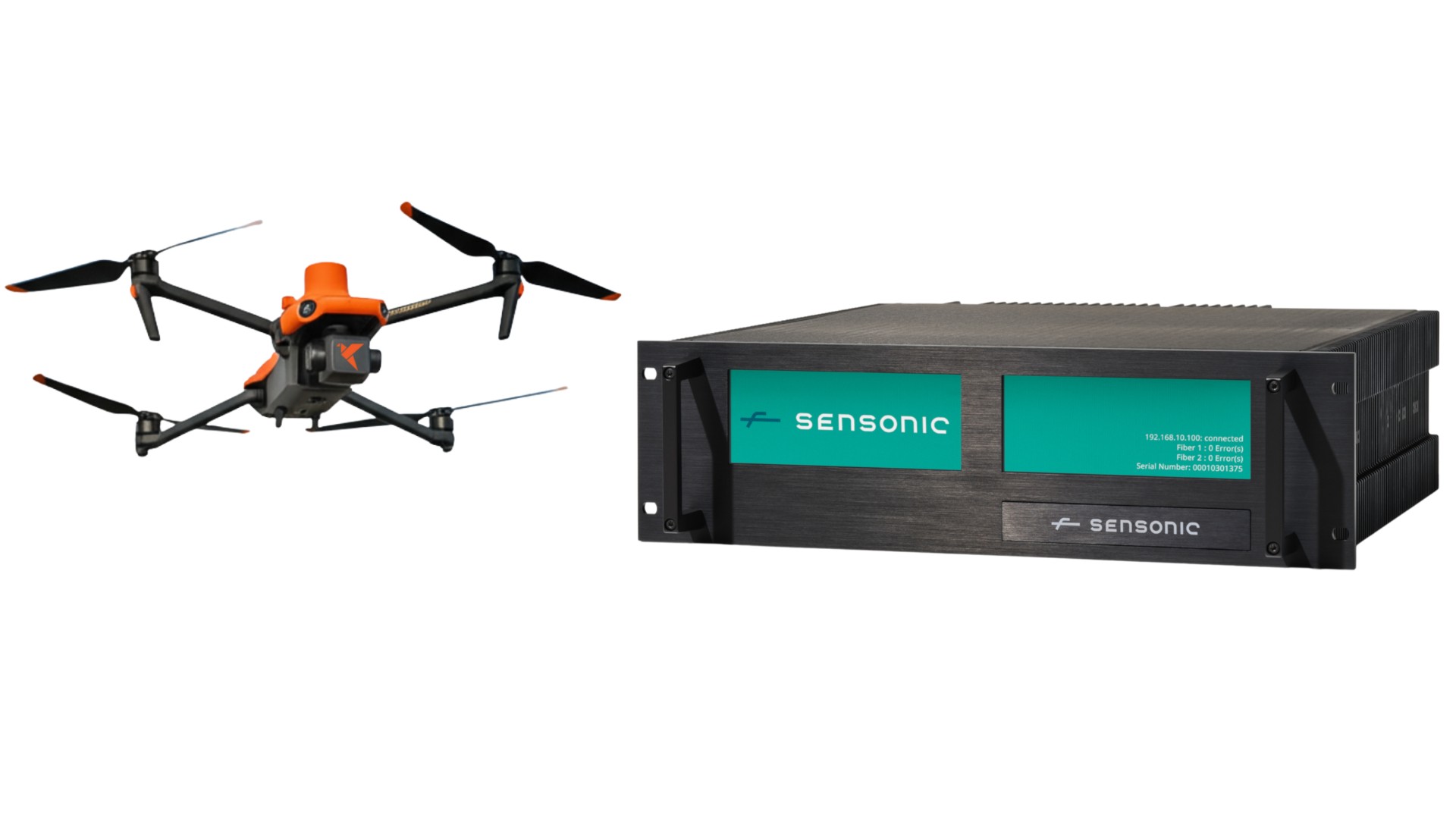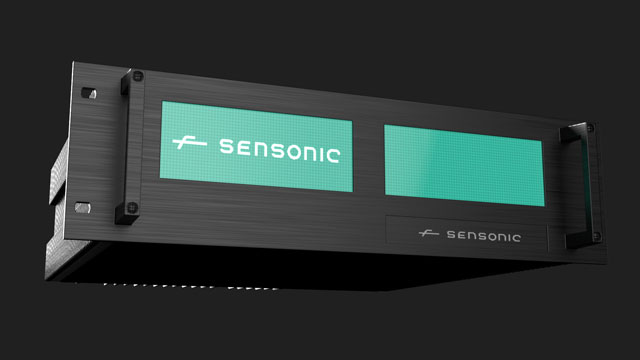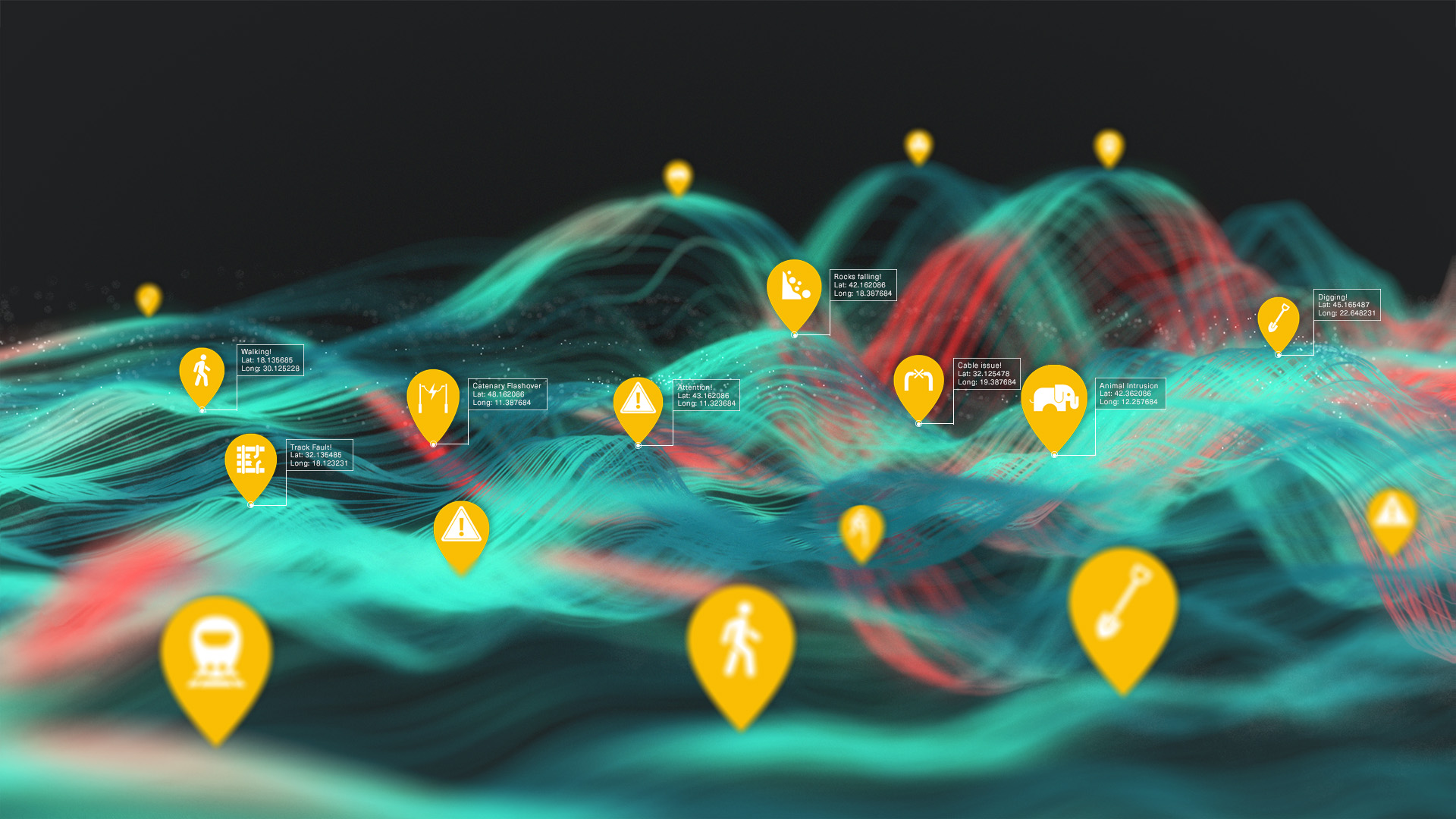Railways are critical infrastructure that play a vital role in our economy and society. However, they are also vulnerable to a variety of threats, including vandalism, theft, and terrorism.
An ongoing problem in recent years, has been a growing number of incidents of railway theft, vandalism and even sabotage overlaid with the ongoing threat of terrorism in some regions. These incidents, both large and small, cause significant disruption to rail services and financial loss for the companies involved as well as potentially posing a threat to public safety.
A New Approach
There are many ways to secure railway infrastructure. Conventional approaches such as fences, CCTV, officer patrols and even reliance on public reporting are in routine use but often struggle with the long linear asset of the railway particularly through remote or less populated areas. One promising approach Sensonic is pioneering in the railway area is the use of fiber optic cables as sensors. Fiber optic sensing can detect and track a wide range of security threat activities, including unauthorised access, cable events, and digging activities and is already used in security detection applications such as border protection.
Clear benefits of glass technology
Fiber optic sensors offer several advantages over traditional security measures. They are discreet offering covert security when desired. The fiber cables are often already part of the railway infrastructure being utilised for signalling or telecoms, so rapid roll out is simplified and they require no power or data services to be supplied along the long route lengths they protect. The technology is already proven in border security applications so why should the railway not take advantage of this innovation.
Act now
If you are responsible for the security of a railway network, read our white paper. It explores some of the railway security threats and provides an insight into a new tool to help deliver secure railway infrastructure.





